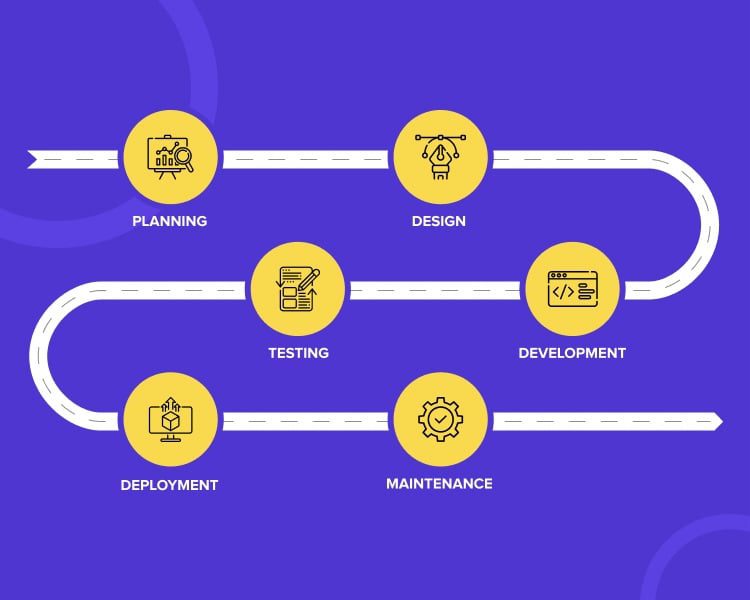The gaming industry generates billions of dollars annually, but have you ever wondered how games are made? This guide takes readers through the process of game design and development, from concept to launch. The first step is the concept stage where the idea for the game is born, then the pre-production stage breaks down the game into smaller parts and plans how they will be developed. Production is the stage where the game is built, from creating assets to debugging the code. Post-production includes final polishing before launch day. The guide provides a comprehensive overview of game development, from concept to launch.
Introduction
Gaming is one of the biggest industries right now, raking in billions of dollars every year. From popular AAA games like Assassins Creed and Grand Theft Auto to indie games like Limbo and Inside, there’s no shortage of games to play. But have you ever wondered how games are made? This guide will take you through the journey of game design and development, from concept to launch.
Concept
The first step in any game development process is the concept phase. This is where game developers brainstorm ideas for the game they want to make. Ideas can come from anywhere – popular culture, previous games, personal experiences, or even dreams. Once the initial idea is formed, the game design team will start to flesh it out into a full concept.
The concept phase involves deciding on the game’s genre, art style, storyline, characters, and gameplay mechanics. This is also where the game’s target audience is determined. It’s important to consider who the game is for and what they want to see in a game.
Pre-Production
Once the concept has been finalized, the game development team moves on to pre-production. Pre-production is where the team begins to break down the game into smaller parts and plan out how they will be created. This includes:
– Creating a design document that outlines the game’s mechanics, characters, storyline, and any other relevant information.
– Creating a story world, which is the game’s setting and atmosphere.
– Mapping out levels or creating a game map.
– Creating concept art for characters, environments, and objects.
– Creating a storyboard for cutscenes or cinematics.
During pre-production, the team also decides on the game engine they will use to develop the game. Popular game engines include Unity, Unreal Engine, and CryEngine.
Production
Once the pre-production phase is complete, the game development team moves on to production. This is where the game is actually built. Production includes:
– Creating all the assets, including character models, environment models, sound effects, music, and dialogue.
– Implementing the gameplay mechanics and testing them extensively.
– Building levels, creating cutscenes, and animating characters.
– Writing code for the game engine and debugging it.
– Creating a user interface for the game.
Production can take anywhere from a few months to several years, depending on the scope of the game and the size of the development team. During production, the team will also conduct playtests to gather feedback and make changes to the game as necessary.
Post-Production
Once the game is complete, the team moves on to post-production. This is where final polishing takes place. Post-production includes:
– Quality assurance testing to make sure the game is free of bugs and glitches.
– Finalizing the soundtrack and dialogue.
– Fine-tuning the gameplay mechanics.
– Optimizing the game’s performance on different platforms.
– Creating marketing assets like trailers and screenshots.
Post-production can take several months, and sometimes continues even after the game has been released to address any issues that arise.
Launch
Finally, the game is ready for launch. Launch day is the culmination of years of hard work for the development team. On launch day, the game is made available for purchase on the designated platforms, which can include consoles, PC, mobile, or even VR.
After launch, the development team may release patches or updates for the game to address any bugs or issues that players have reported. They may also work on DLC (downloadable content) or expansions to add new content to the game.
Conclusion
Game development is a complex process that involves many stages and a lot of hard work. From concept to launch, the development team must collaborate and make countless decisions to bring the game to life. But when the game is finally released and players are enjoying it, all the hard work is worth it. If you’ve ever wanted to get into game development, this guide should give you a good idea of what it takes to create a successful game.
